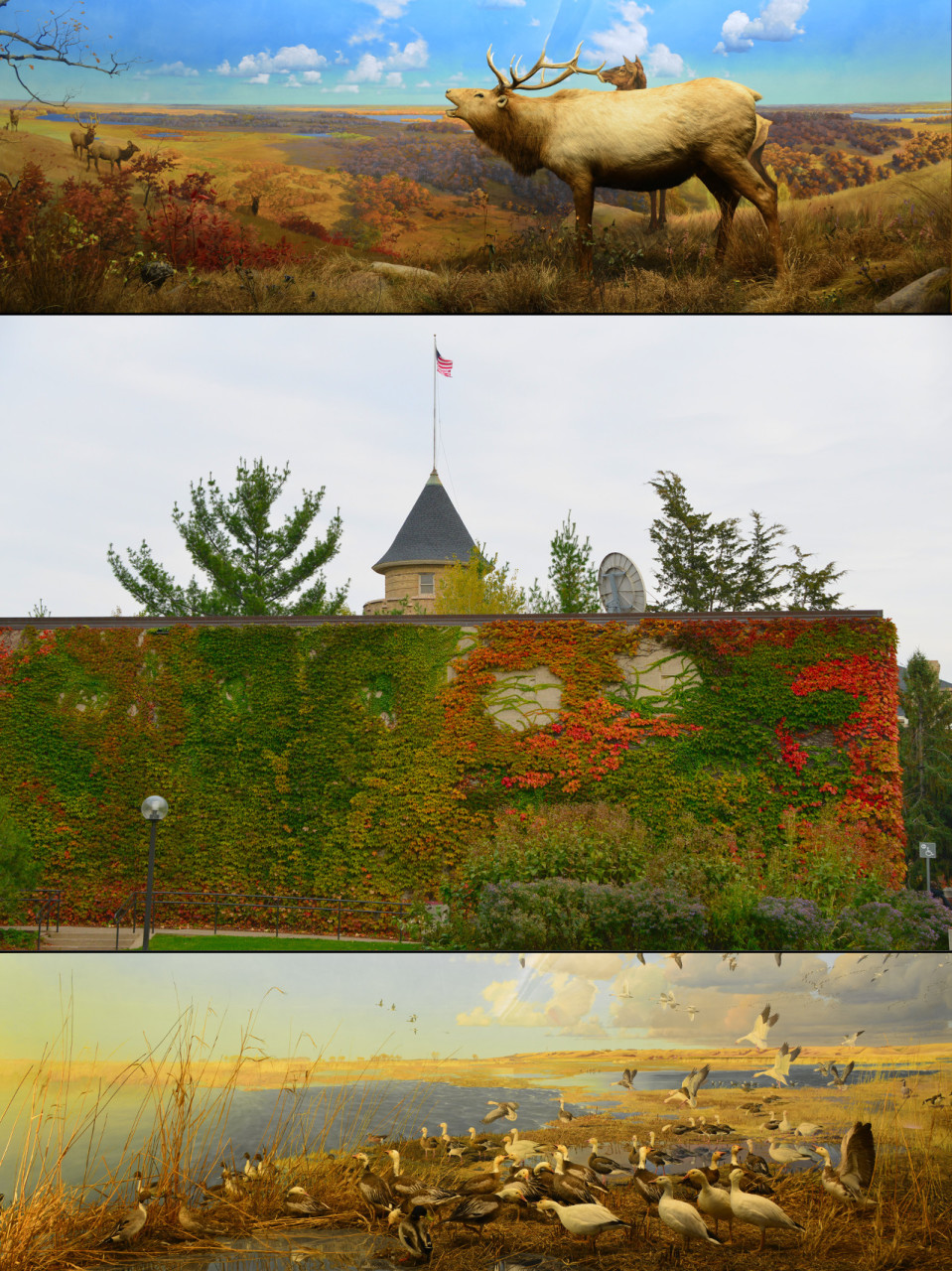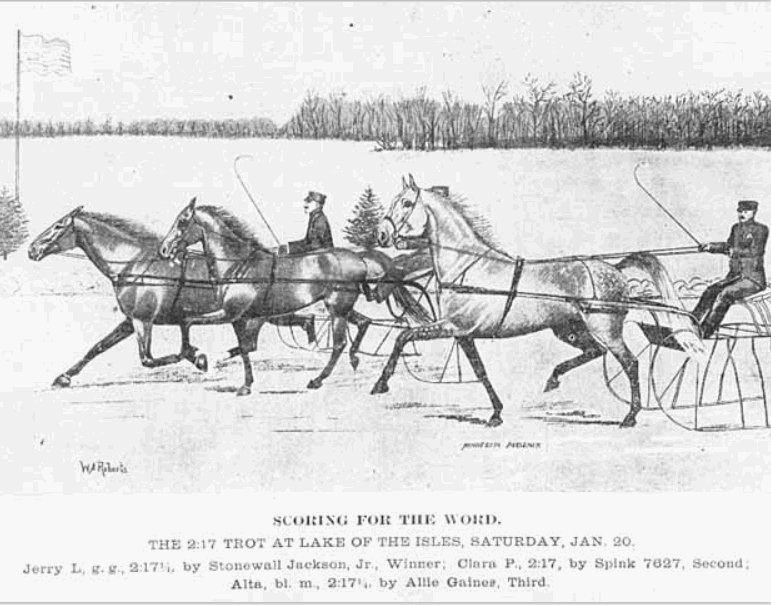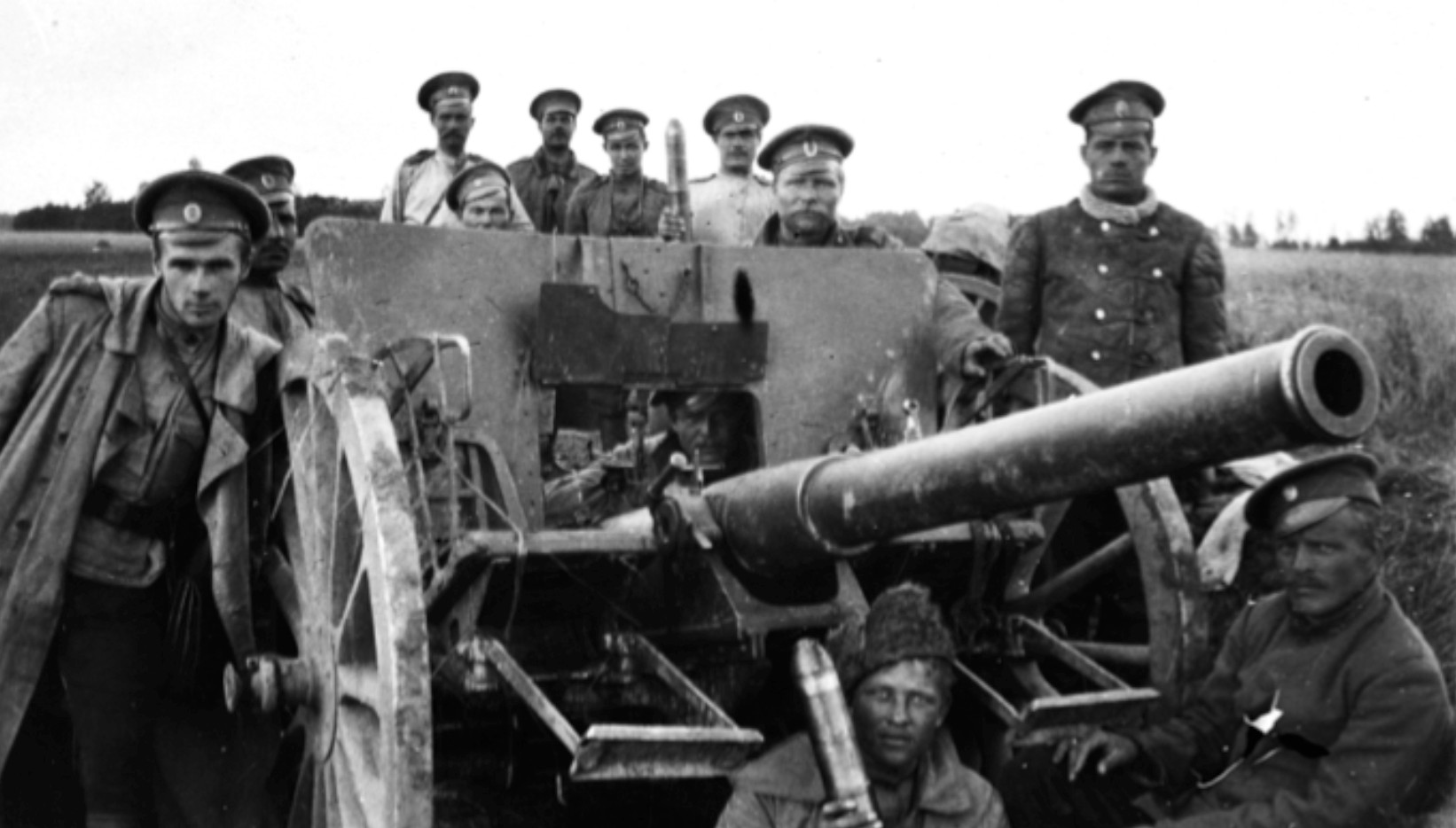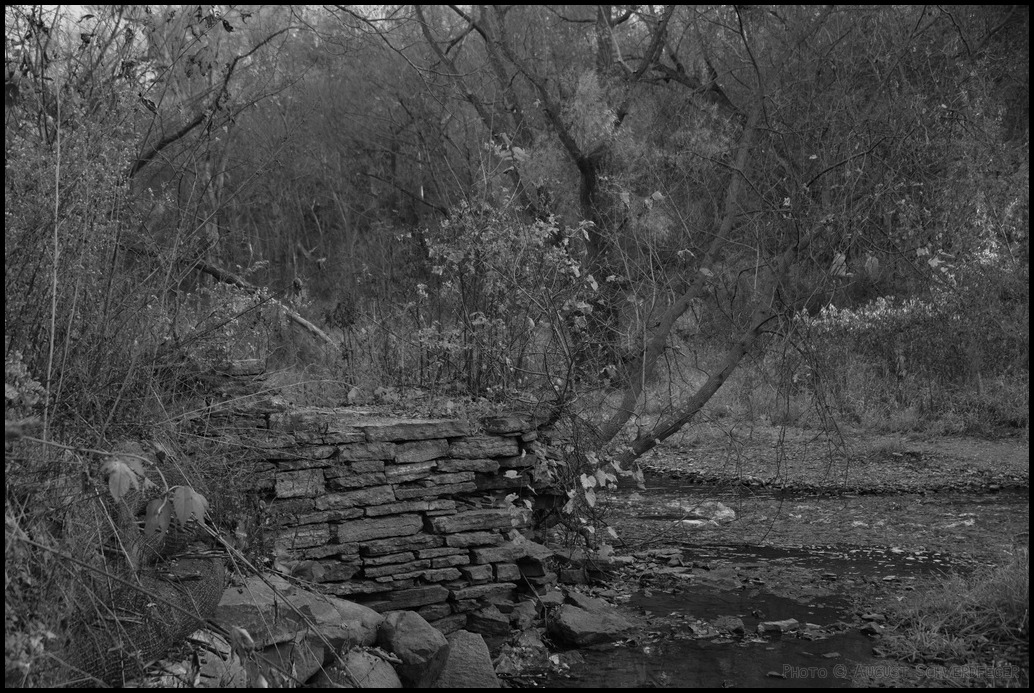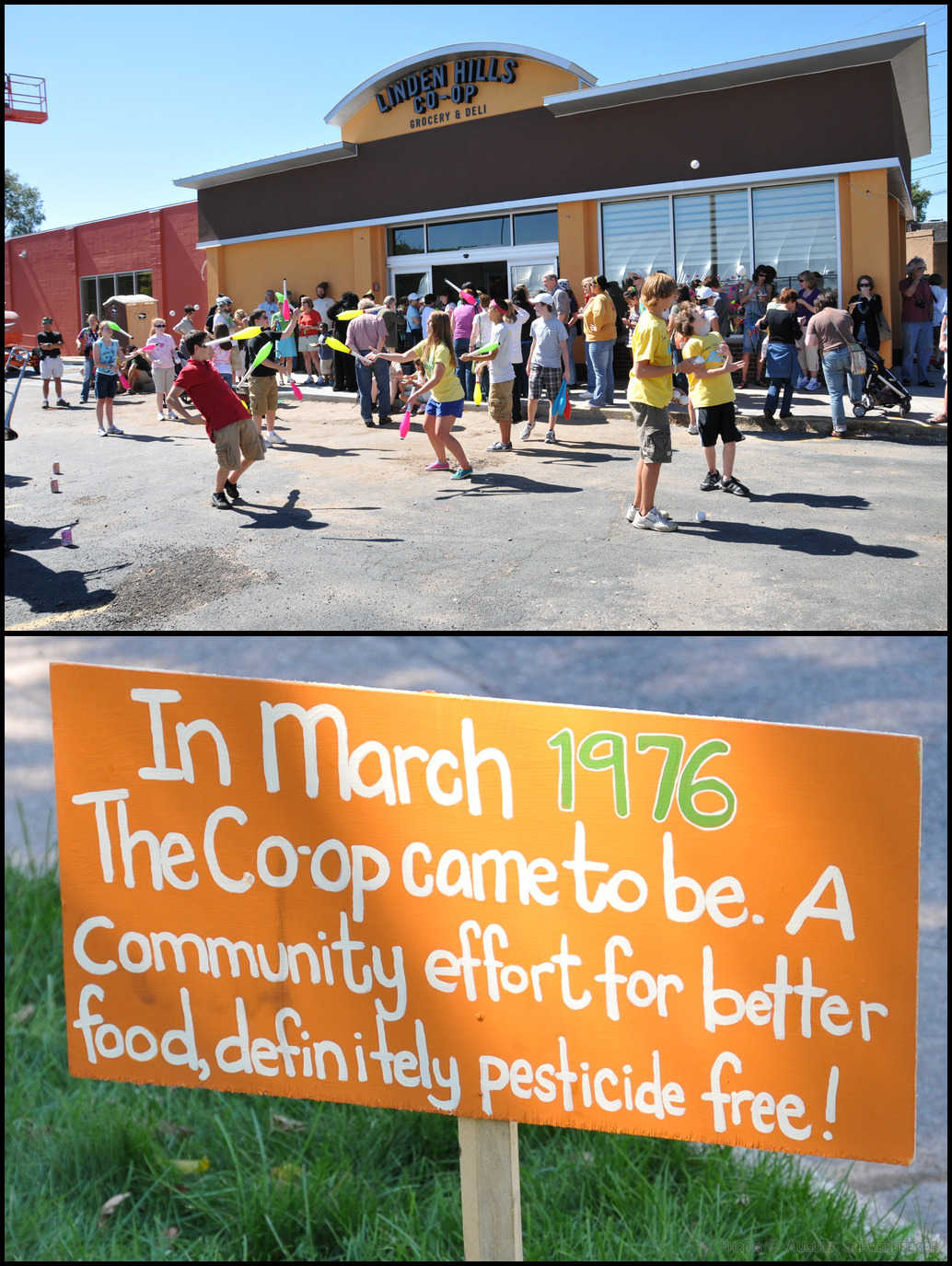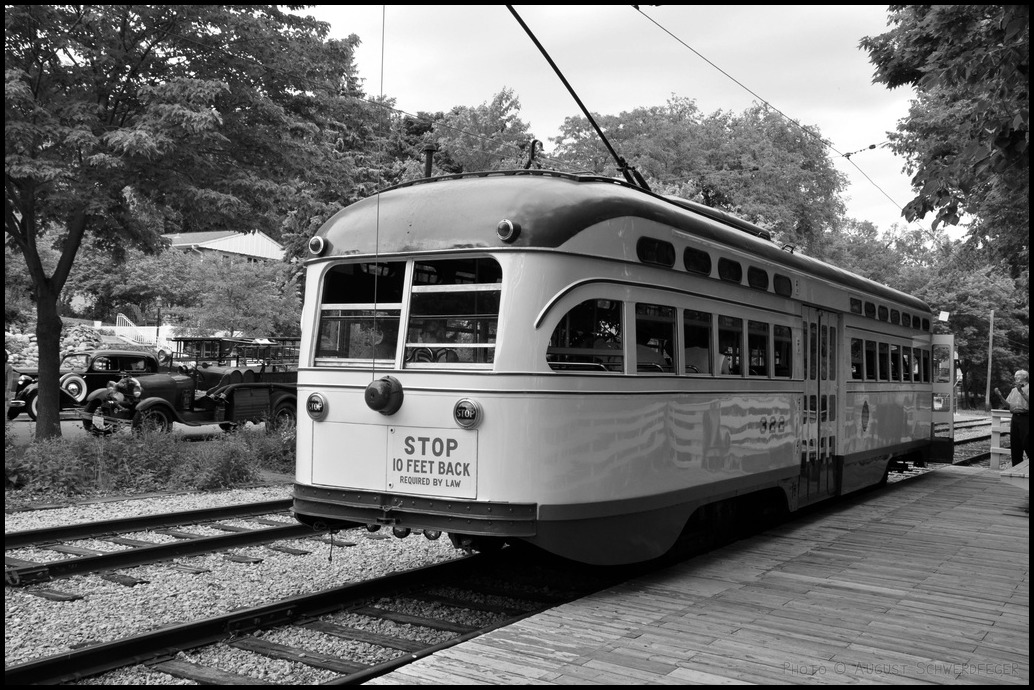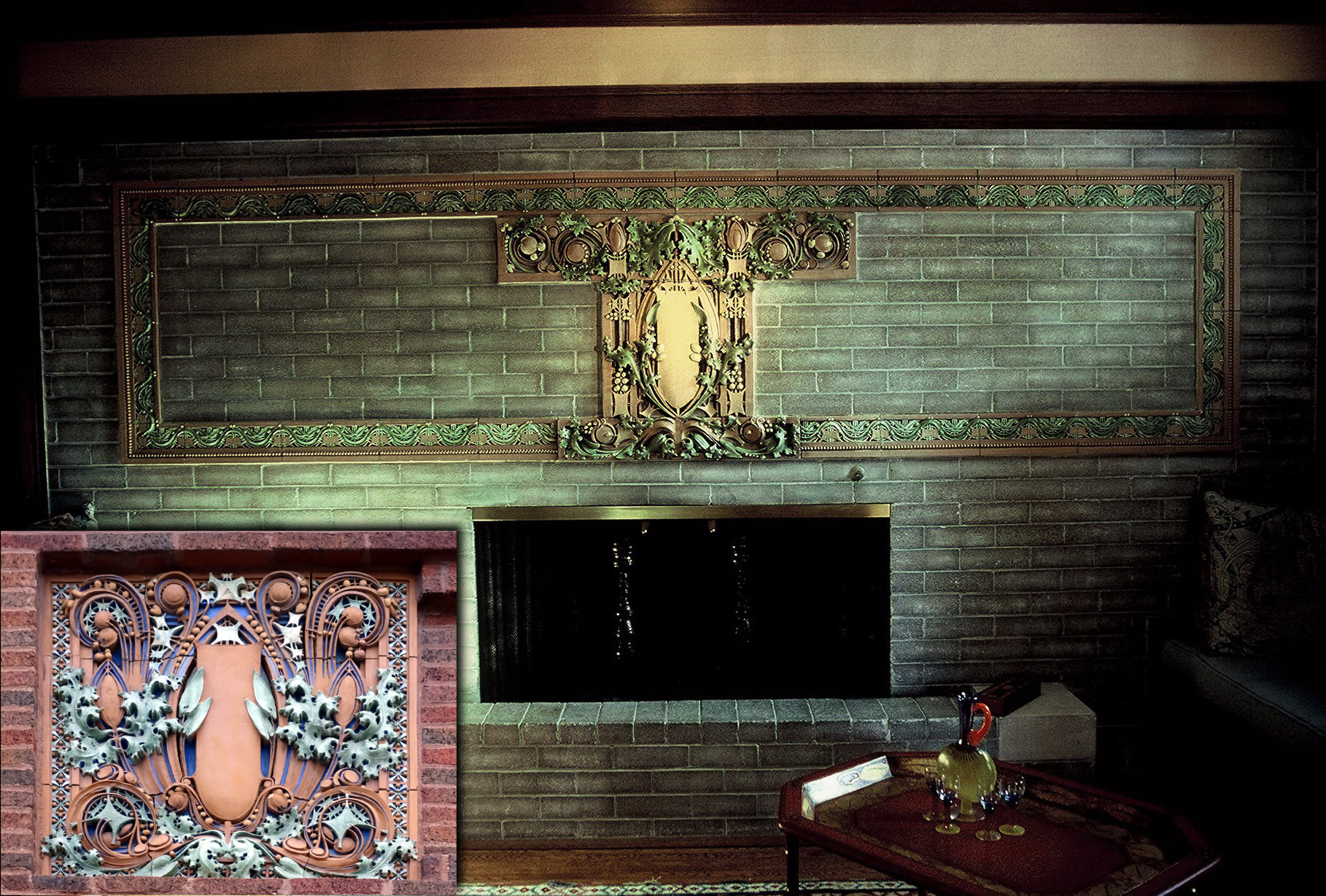Tour of Bell Museum’s Historic Dioramas with Sue Leaf
Bell Museum of Natural History 10 Church St. SE, Minneapolis, MN, United StatesOrnithologist Thomas Sadler Roberts dedicated himself to the Bell Museum, which opened in 1940. He was passionate about the museum’s dioramas and recruited prominent wildlife artists to ensure that the natural settings, animals, and birds were accurately portrayed. Author Sue Leaf will lead an intimate tour of the Bell Museum. Enjoy this lovely Art Deco […]

